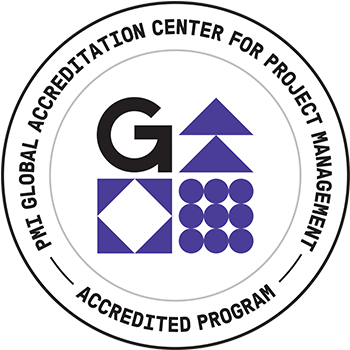In this very interactive session, attendees will look at how creating a cohesive workplace requires understanding unconscious bias and applying what we learn to work together in a cohesive environment using proven communication and connection strategies. Throughout the session, attendees participate in role-playing using real-life examples to help us recognize our own unconscious bias and how it impacts the organization. This is done through self-awareness and self-reflection. These examples will help us consider “How did that situation make us feel?”, “What did you think about while the situation was happening, and “What did you learn about yourself and others?” You will learn best practices for what to say to dispel myths and stereotypes and engage in dialogue. That will be the catalyst for positive change and acceptance. The presenter will provide practical tips that will help you manage situations positively and more productively.
PMI Talent Triangle: Leadership (Power Skills)
Retention of Highly Skilled Technical Talent supporting any program is critical for success. These highly skilled workers are often more difficult to find, attract, and recruit while also being more difficult to retain once hired. National general employee turnover averages are at 12% (SHRM, 2021) and Federal Contractor turnover averages are at 21% (Deltek, 2021). Highly skilled technical resources, especially in the National Capital Region, can have turnover rates of up to 40%. These high turnover rates result in companies being forced to engage in very expensive nonstop high-volume recruiting cycles to continuously find, attract, recruit, onboard, and train technical employees in quick turnover cycles. Productivity and revenue are lost due to the work disruptions caused by unfilled positions which negatively affects program success. The inability to consistently maintain the needed technical talent will also negatively affect customer perceptions and satisfaction. Due to the laws of supply and demand, these technical resources have many more opportunities to choose from. There are far more jobs available than there are qualified workers to fill them.
This presentation will discuss real-world examples of negative consequences resulting from programs or companies losing critical technical talent as well as the results of a mixed-methods phenomenological study to better understand the retention drivers of highly skilled technical resources and to offer strategies for increasing that retention.
Key Take Aways:
- Manage & mitigate the risk of losing critical talent to ensure program resiliency
- Differentiate attraction and recruiting strategies to target critical needs
- Tailor retention strategies for critical talent
PMI Talent Triangle: Strategic and Business Management (Business Acumen)

